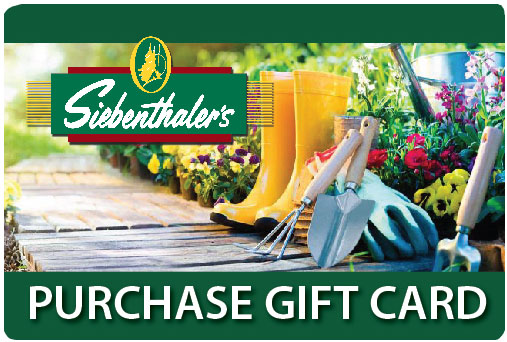
HOW TO BUILD A SALSA GARDEN

1. TOMATOES
Tomatoes are frost-sensitive plants. Start seedlings 6-8 weeks before the frost-free date (which you can learn from your local Cooperative Extension) or buy them from a greenhouse; set them out after the last frost.
Tomatoes thrive in rich soil with plenty of phosphorus. Put a shovelful of compost or aged manure and a handful of bone meal or rock phosphate in each planting hole. Tomatoes love warmth and light. Plant them where they’ll get full sun.
You’ll have many varieties from which to choose. Keep the following basic categories in mind:
Determinate tomato plants are smaller and easier to support than indeterminate plants. A standard garden store tomato cage will contain one nicely. You can plant them every 2′. They will stop bearing before the growing season ends. Indeterminate tomatoes keep growing until frost kills them. They need a sturdy trellis or very large cage. Space them 3′ apart.
Salsa Tomato Tip:
Paste tomatoes like Roma, Opalka, Hog Heart and San Marzano are very meaty and not very juicy. They may not make the best fresh eating, but they make a thick and satisfying salsa. Slicing tomatoes are juicier and better for eating out of hand. You can add some of these to your paste tomatoes when making salsa.
2. PEPPERS
Peppers (both sweet and hot) are also frost-sensitive, and they grow more slowly than tomatoes. Start them 12 weeks before the frost-free date or buy seedlings. They require the same nutrition and light as tomatoes, but they take up less space. You can plant them 1′ apart.
Sweet bell peppers mature a bit more slowly than hot peppers. You can harvest them green for maximum yield per plant or wait until they ripen red and develop maximum sweetness.
Hot pepper varieties used in salsa include jalapeño, cayenne, Hungarian wax and long green chile (fairly mild) as well as habanero (quite hot).
3. ONIONS
Onions are not frost-sensitive. Gardeners in hot climates can direct seed them 1/4″ deep as soon as the ground can be worked. In colder areas, start seedlings indoors at the same time as peppers or buy seedlings and set them outside, 6″ apart, up to a month before the frost-free date.
Onions require only 5 hours of sun each day. Give them plenty of compost; whenever their root globes shove themselves up out of the ground bury them up to their green stems in compost.
4. GARLIC
Garlic is planted in the fall, around the time of the first frost, and harvested the following summer. Separate cloves and plant them, root end down, about 3″ deep and 6″ apart. Each clove will develop into a full head of garlic. Full sun will help garlic to develop larger cloves, but it will tolerate part shade. Add an inch of compost to the soil at planting time.
5. HERBS
Herbs for salsa include cilantro, basil, parsley and oregano. Oregano is a perennial. Plant it once and harvest it year after year. Cilantro self seeds easily. Basil is a frost-sensitive annual. Start it indoors each year at the same time as tomatoes and set it out after the last spring frost. Parsley is biennial. It produces leaves in the first year, leafs out again but then goes to seed in the second year. Handle it in the same way as basil.
Basil and oregano require full sun. Cilantro and parsley benefit from full sun in cold climates but will tolerate light shade. In hot climates they may prefer light shade to full sun.
SALSA GARDEN LAYOUT
Layout details will depend on the space you have available. You can even plant a salsa garden in a container.
Make sure that tomatoes, basil, oregano and peppers are not shaded by other plants. You could plant basil, which stays shorter, along the southern edge of your planting space, with peppers and tomatoes just to the north of them. Plant onions, garlic, parsley and cilantro on the north or shady side of your peppers and tomatoes.
Or plant tomatoes, peppers and basil, which are all heat loving, along a south-facing wall, and plant onions, garlic, oregano, parsley and cilantro elsewhere.

